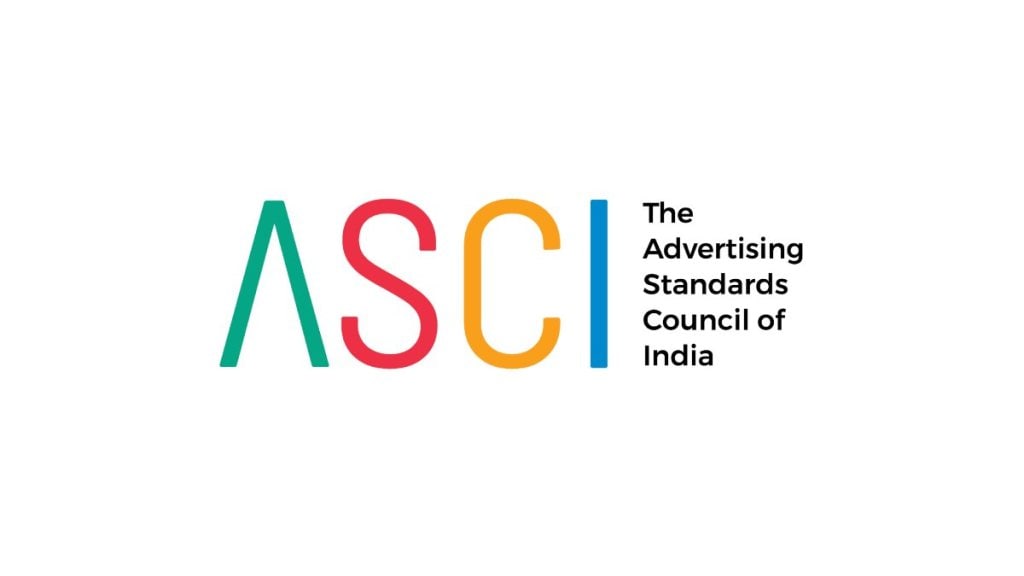The Advertising Standards Council of India (ASCI) has come up with updated “Guidelines for disclaimers made in supporting, limiting or explaining claims made in advertisements”.
Having processed over 800 advertisements which were found to be in violation of the disclaimer guidelines, the new ASCI code requires the advertisers to support their advertisements with suitable disclaimers, which will thereby, help the consumers to properly read and understand the information presented.
ASCI recently carried out a survey with 130 consumers. The results highlighted that over 80 percent of the respondents did not notice the disclaimer while 33 percent could not understand the disclaimers clearly even after adequate exposure time. Interestingly, over 62 percent of the respondents felt that the disclaimer was excessively long.
The Consumer Complaints Council (CCC) also observed that sometimes, the frame of the advertisement that contains the disclaimer was very crowded, and distracted the viewer’s focus.
The key additions to the existing disclaimer guidelines are as follows:
-”The use of disclaimer should be kept to a minimum. Long or otherwise complex disclaimers with large blocks of text and difficult words are a deterrent to viewers attempting to read the contents of the disclaimer. In such cases advertisers should modify the headline claim to reduce the need for further qualification through disclaimers.”
-”Hold duration and readability of disclaimer – In television commercials or any other video advertisement on digital media, all disclaimers should be clearly readable to consumers. In a single frame in an advertisement:
- There should not be more than one disclaimer
- The disclaimer should be restricted to two full length lines and remain on screen for MORE THAN 4 seconds for every line”
– “For regulatory requirements where the disclaimer exceeds two lines additional hold duration should be accounted for. For the purposes of calculating the duration of hold of disclaimers, all forms of text appearing on screen at any one point in time should be counted. This includes both disclaimer text and any text content in the main ad creative regardless of where on screen it appears and whether or not it is repeated in audio.”
“While ASCI has had disclaimer guidelines since 2016, it was observed that over-use of disclaimers made it difficult for consumers to understand all the information presented in the ad. This is evident from our survey where 80% of consumers did not even notice the disclaimers. Hence, it is important that claims are crafted in a way that minimizes the need for qualificatory disclaimers. Where disclaimers are needed, they should be presented in a manner that someone who is interested in reading them has the opportunity to do so,” said Manisha Kapoor, CEO and secretary-general, ASCI.


